10 Most Stunning Sights in France
If you’re trying to decide which famous places in France are actually worth the time and detour, start here. These sights are impressive in photos and also hold up in person.
1. Mont-Saint-Michel (Normandy)
Seen from a distance, it looks like it floated out of a storybook. The causeway reveals the abbey slowly as you approach, especially during high tide.
If you’re staying overnight nearby, aim to visit early before the day-trippers from Paris arrive.
For the best photo, drive or walk to the viewing area on Route du Mont-Saint-Michel at sunrise or dusk when the sky glows behind the silhouette.
2. Lavender Fields of Valensole (Provence)

The Valensole Plateau blooms in late June and early July, and during that short window, the fields stretch into the distance like waves.
Visit at sunrise for golden light and fewer visitors. Some of the best spots are just off D6 between Valensole and Puimoisson.
Bring cash as local farmers often sell oils and soaps right at the edge of the fields.
3. Gorges du Verdon (Alpes-de-Haute-Provence)
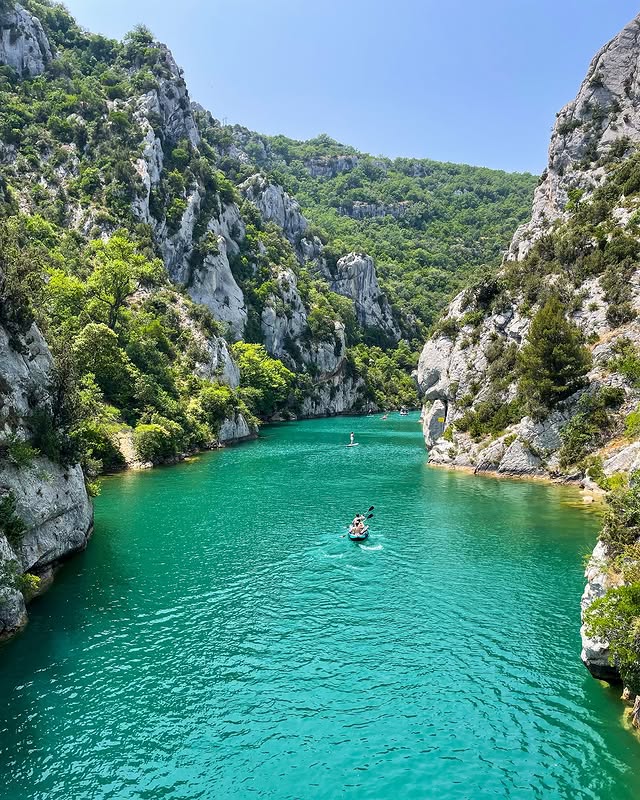
This canyon is over 20 km long, carved deep into limestone cliffs with emerald water at the base. You can drive the panoramic Route des Crêtes for stop-and-look viewpoints, or rent a kayak from the Pont du Galetas area.
The color of the water is most intense around midday on sunny days. Parking fills fast in July and August, so arrive before 9am.
4. Étretat Cliffs (Normandy)
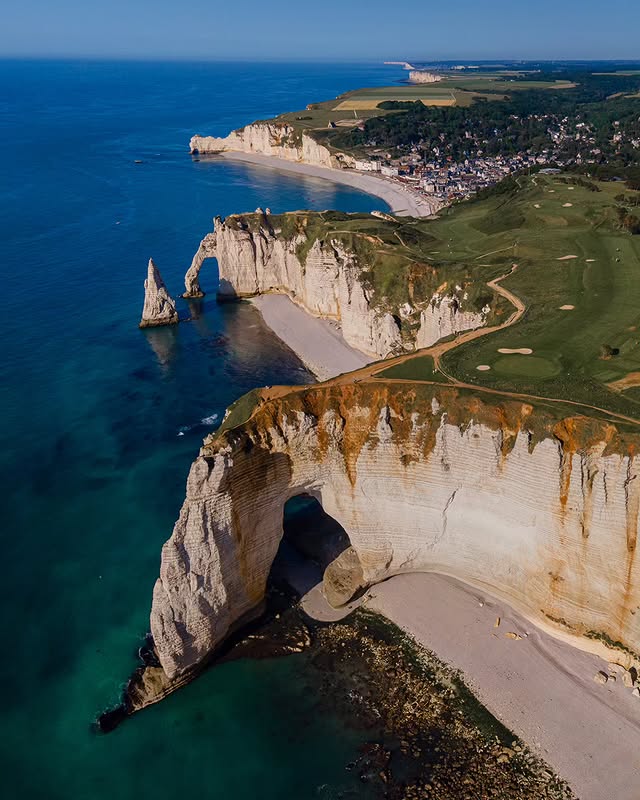
The white chalk cliffs, arches, and sea stacks around Étretat are best seen from above. Walk west toward the Falaise d’Aval for a front-on view of the natural arch, or east toward the Falaise d’Amont for a broader view of the town and coast.
The paths are unpaved but manageable. Bring shoes with grip, and don’t forget the view at low tide from the beach caves under the cliffs.
5. Dune du Pilat (Nouvelle-Aquitaine)
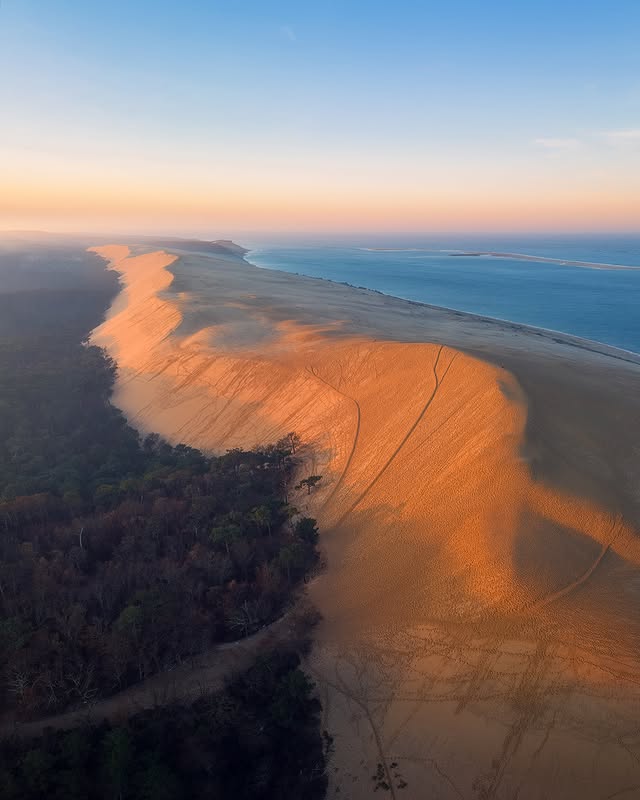
Europe’s tallest sand dune sits between forest and sea. It shifts every year but reaches up to 100 meters high.
You can climb the wooden steps or just scramble straight up the side. Once on top, you get an open view of the Atlantic on one side and a dense pine forest on the other.
Sunset is peak time, when the dune glows orange and the sea turns silver. Bring water and expect wind.
6. Colmar (Alsace)
The old center of Colmar is dense with timber-framed houses in reds, yellows, and blues, many decorated with hanging flower baskets.
The most scenic section, known as Little Venice, runs along the Lauch River. Early morning is the best time to walk it without crowds.
Beyond the stunning looks, the town is also a wine capital, with local tasting rooms tucked behind the most photographed streets.
7. Saint-Cirq-Lapopie (Lot)
Perched above the Lot River, this village is cut into the rock. From the lookout near the church, you can see the river bend and the rooftops below like a model town.
The main street is steep and uneven, but every corner is intact, with nothing modern in sight. Stay until evening if you can, when the lights come on and the buses leave, it turns completely quiet.
8. Calanques near Cassis (Bouches-du-Rhône)
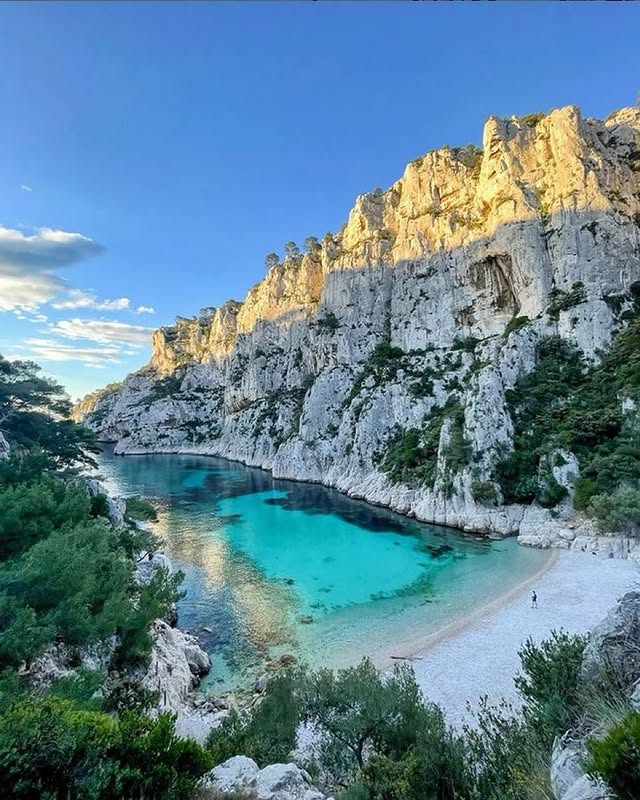
These steep, narrow inlets cut into the coastline between Marseille and Cassis and can only be reached by boat or trail.
The most accessible calanques like Port-Miou and Port-Pin are reachable on foot from Cassis with good shoes and 45 minutes.
The cliffs drop straight into turquoise water. Swimming is allowed, but there are no facilities, so bring what you need and leave no trash.
9. Château de Chambord (Loire Valley)
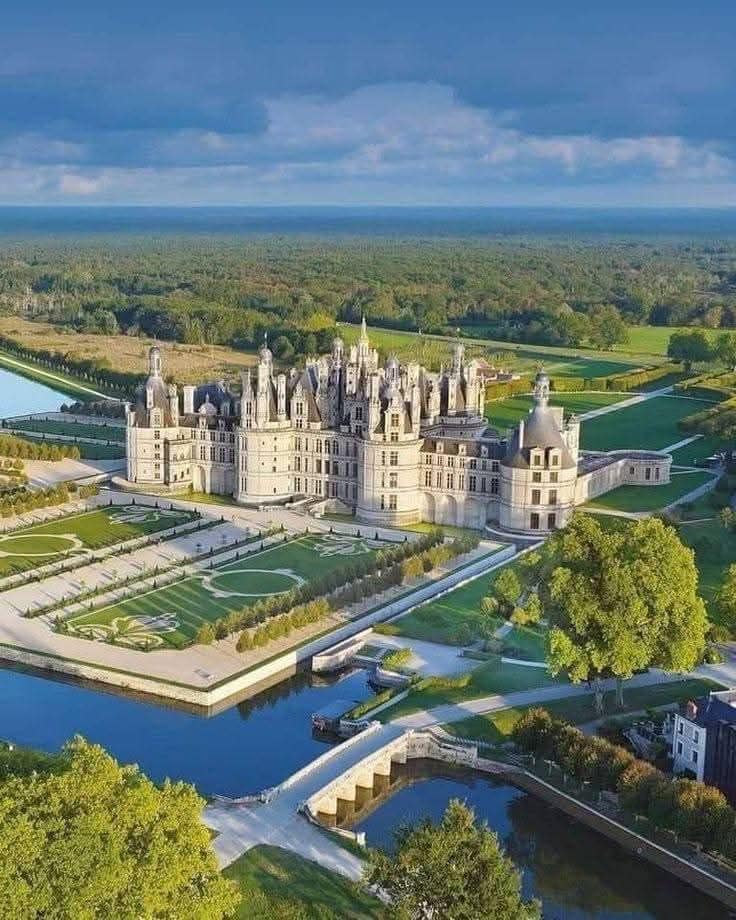
Chambord’s scale makes it the most photographed château in the Loire Valley. But it’s the roofline with its dozens of chimneys, towers, and staircases that stands out when you’re actually there.
The double-helix staircase at the center is based on a Da Vinci design and feels like an optical illusion as people descend from both sides without meeting.
You don’t need a guided tour to enjoy it, a self-led visit gives you time to explore the rooftops and back rooms.
10. Rocamadour (Lot)
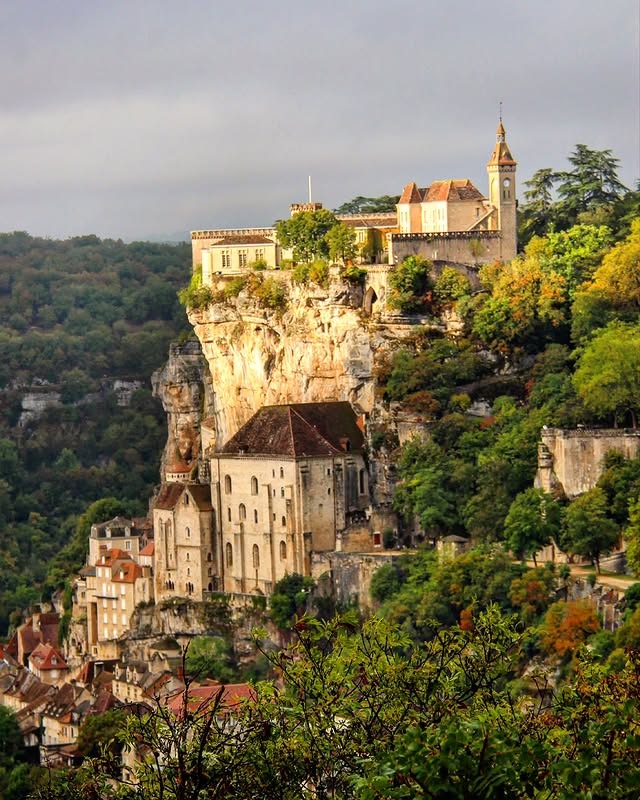
The amazing village of Rocamadour is built vertically into a cliff, with layers of chapels, terraces, and stone houses.
From the viewpoint on the opposite side of the valley (called L’Hospitalet), you can see the whole structure at once. Inside the village, take the path of the Stations of the Cross to climb up, quieter and shaded.
The town is still a pilgrimage site, so expect a mix of spiritual and scenic interest.
